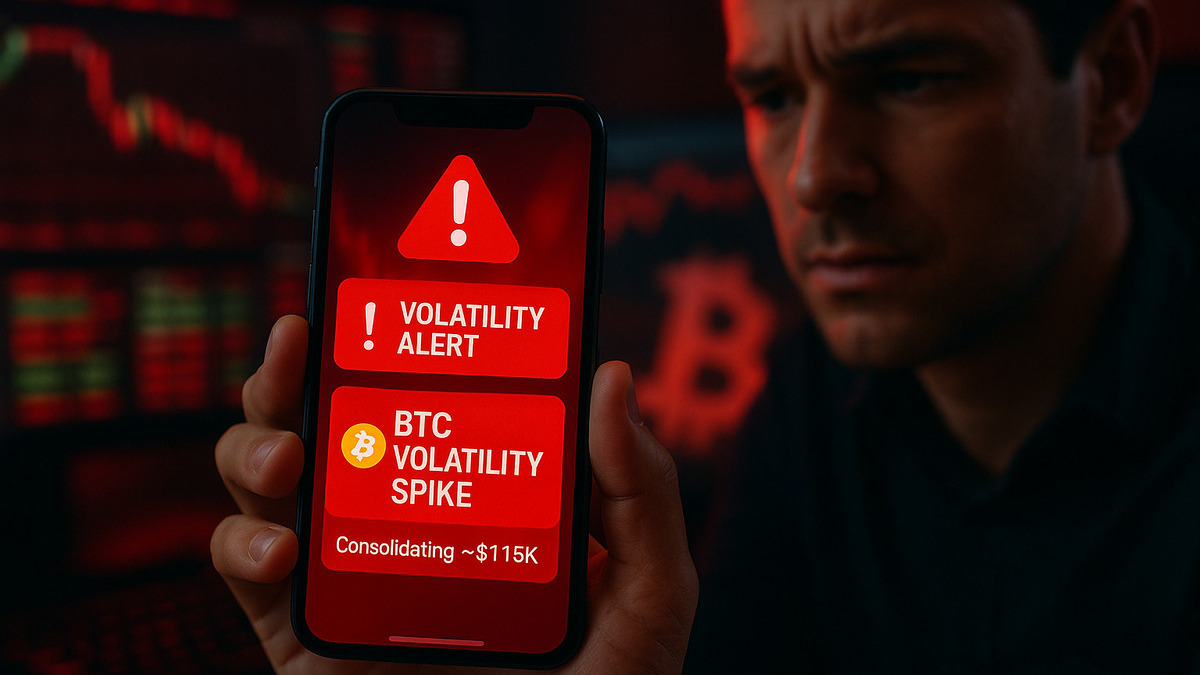
As we step further into this digital currency revolution, it seems Bitcoin’s wild ride is both a blessing and a curse for startups looking at crypto payroll solutions. On one hand, we have the speed and lower fees, which are great. On the other, we’ve got Bitcoin’s value swinging all over the place, which makes everyone a little jittery. Let’s talk about how this volatility affects payroll adoption, the new hybrid models that are coming out to help with the risk, and the regulations that startups need to keep an eye on.
It’s no surprise that Bitcoin’s price swings can make crypto payroll a tough sell. Even though the volatility has calmed down a bit, it’s still capable of sudden drops or gains that can change the value of paychecks. Imagine getting a 1% drop or a 3% spike in the middle of the month—how do you budget for that?
But there’s a silver lining for some. In places where local currencies are unstable, Bitcoin’s independence from central banks becomes a huge plus. Employees might actually welcome part of their salary in Bitcoin as a hedge against inflation and currency devaluation. This is especially true in many Asian markets where currencies can fluctuate wildly.
To make things a little less nerve-wracking, many fintech startups are rolling out hybrid payroll solutions. These let employees pick between crypto and fiat payments. This way, you get the benefits of crypto—like faster transactions and lower fees—without the constant worry of volatility.
For example, a startup might say, “Hey, you can have 50% of your paycheck in Bitcoin, but the rest will be in good old fiat.” This way, employees benefit from the potential upside of holding crypto, while still having something stable to fall back on.
However, it’s not all sunshine and rainbows. SMEs in Europe eyeing Bitcoin payroll face a minefield of regulatory challenges. The EU’s crypto regulatory framework is a constantly moving target, and the MiCA regulation and AML obligations can be tough to navigate, especially for smaller firms.
On top of that, the regulatory mess across different EU states can make compliance feel like chasing a mirage. And don’t even get me started on the tax implications—Bitcoin income is still subject to personal income tax for employees and corporate tax for employers, depending on where you are.
Despite the hurdles, the number of companies paying salaries in crypto is on the rise. By 2025, it’s estimated that a quarter of businesses around the globe will be using crypto payroll, driven by cost savings, speed, and demand from younger employees.
Stablecoins are really starting to gain traction for payroll, too. They’re pegged to fiat currencies, so they help ease the volatility worries. Companies can still use blockchain tech while providing more stable compensation.
Bitcoin’s volatility may pose challenges, but its appeal as a diversification tool and the continued drop in volatility thanks to institutional adoption are paving the way for more crypto payroll solutions. Hybrid models and better crypto payment infrastructure are what will help bridge the gap.
Startups eyeing crypto payroll need to stay sharp about the regulatory landscape while keeping their ears to the ground for market trends. By using smart solutions and being in the know about the latest regulations, businesses can weave crypto payroll into their operations, setting themselves up for a more inclusive and efficient financial future.
In short, while the journey to crypto payroll may be rocky, it’s a path worth exploring for those prepared to navigate the landscape.
Get started with Crypto effortlessly. OneSafe brings together your crypto and banking needs in one simple, powerful platform.
Ethereum's price volatility reshapes crypto payroll solutions, driving fintech startups to adopt stablecoins and smart contracts for financial stability.
Senate Democrats propose new stablecoin regulations that could reshape the crypto landscape, impacting consumer options and market dynamics.
XRP's price fluctuations impact crypto payroll strategies for SMEs. Discover how stablecoins and risk management can ensure stable salaries.
Begin your journey with OneSafe today. Quick, effortless, and secure, our streamlined process ensures your account is set up and ready to go, hassle-free












